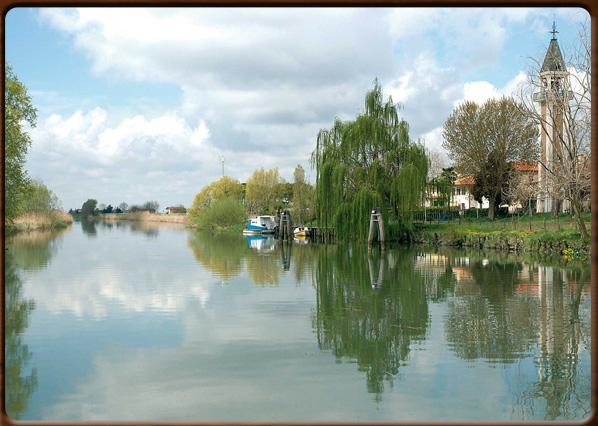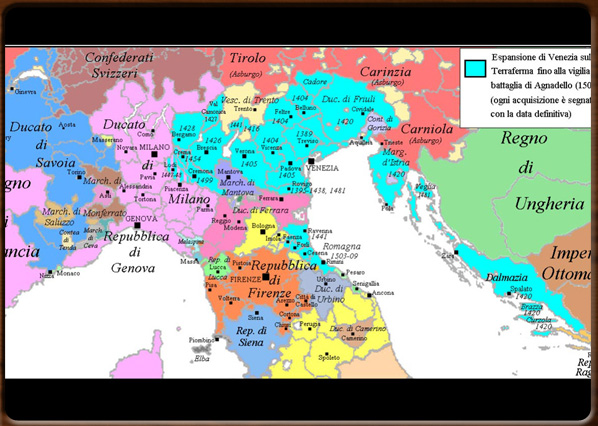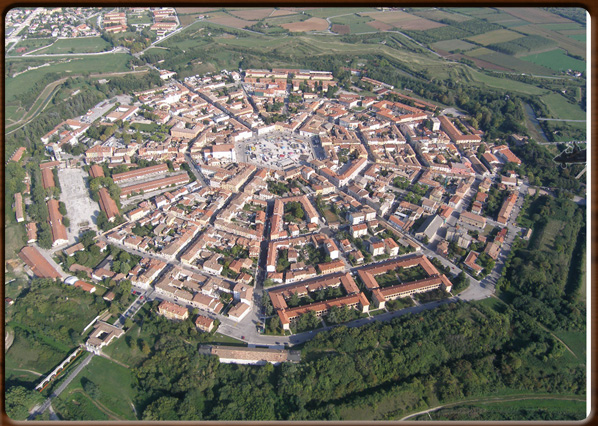
Sile river today .

Venetian mainland in 1509.

Palmanova, built by Venetians in 1593.



No video
When they refer to the “terraferma” (mainland) Venetians mean the land outside the lagoon area.
In the second half of the 1300s, Venice gained dominion over most of the Veneto region. As a result and thanks also to its vast maritime empire that dominated virtually the entire eastern coastline of the Adriatic Sea, Venice became one of the major Italian city-states in terms of territory, economic strength and social stability.
Venice also expanded its territory on the mainland towards the West, profiting from the power vacuum created by the death of Giangaleazzo Visconti at the end of the 14th Century, annexing his lands in the provinces of Brescia, Bergamo and Crema in Lombardy.
This explains why the flourishing Venetian Republic, under the guidance of its mercantile oligarchy, was not just interested in protecting its shipping routes, but also the upkeep of many roads on the mainland. These were used by mule trains and of great interest to the Venetian authorities, which stipulated agreements for their upkeep with local officials near and far. The busiest road started in Treviso, where goods were landed every day, having travelled along the River Piave and River Sile. This road then split, one section leading to the Pontebba Pass and Vienna via Carinzia, the other along the Val Pusteria to Innsbruck and on to Augusta, Nuremberg and Hamburg in the North of Germany.
Another busy road heading North from Venice went to Milan via Verona and on to Frankfurt and Cologne in Germany.
Then there was a particularly busy and important road heading South to Rome via Pisa, following the ancient Roman roads. Textiles (both for everyday use and precious fabrics) from Tuscany travelled along this road, especially from Florence, the rival textile centre to Venice and Milan.
Iron, copper and timber made up most of the goods that travelled along the roads to Venice from Austria, Germany and the most inaccessible parts of Veneto. These were unloaded in Venice, but were then mostly exported to the Orient.
A few commodities, such as sugar and salt, were valuable resources for Venice, being in great demand on the mainland: Lombardy used to buy some 85,000 florins’ worth of sugar from Venice each year, an enormous figure for those days.
The Venetian government had always encouraged the production and importing of salt and built up a far-reaching network of agreements and treaties that guaranteed its salt would find customers in city-states and with courts on the mainland. Salt was, therefore, not just an economic commodity, but also a tool for political penetration.
1300 - 1400 - - rev. 0.1.5